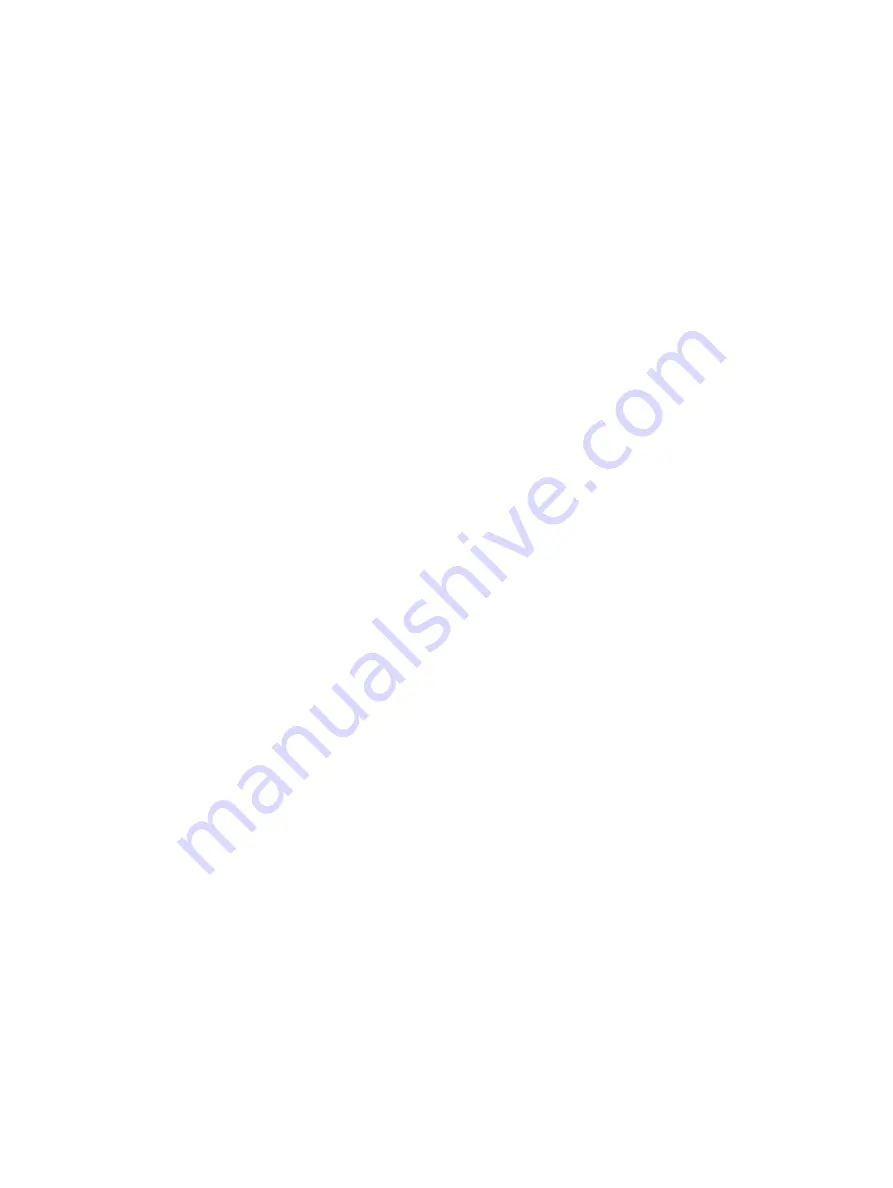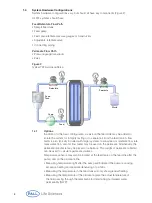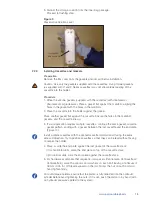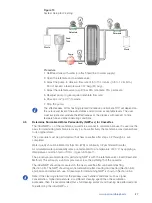
www.pall.com/biopharm
19
4. Start the pump and circulate the water through the system until no air bubbles exit
the retentate line. Adjust the flow rate so the feed pressure is about 0.3 barg
(5 psig). If the feed tank or graduated cylinder is completely drained, add an
additional measured volume of water so that residual liquid is left in the feed tank
or cylinder when circulated.
5a. If the liquid was initially poured into the feed tank, put the retentate line into a
graduated cylinder, leaving the feed line in the feed tank, and slowly pump out
the water just until the level reaches the very bottom of the feed tank.
Do not allow air to be drawn into the feed line.
5b. If a graduated cylinder was initially used as the feed tank, carefully remove the
feed and retentate lines from the graduated cylinder. Hold up the ends so that
water does not run out. If the tubing is not completely filled with water, use a little
water from the cylinder to fill them back up.
6. Record the volume in the graduated cylinder (B). The difference between the
starting volume, plus any volume added (A), and the volume in the graduated
cylinder (B) is the feed/retentate hold-up volume (C), Table 6.
Table 6
Feed/Retentate Hold-up Volume Calculation Chart
Total Volume Added
A
___________ mL
(A)
Remaining Volume
In Cylinder
B
– ___________ mL
(B)
Feed/retentate Hold-up
Volume
(A – B)
= ___________ mL
(C)
3.3.2
Determining Permeate Hold-up Volume
Procedure
1. Add the volume collected in the graduated cylinder to the feed tank (or leave in the
graduated cylinder if it was used as a feed tank). If the volume collected (B) was
not at least double the retentate hold-up volume (C), add an additional measured
volume to the feed tank or cylinder to increase the total volume in the system to
more than 3 hold-up volumes.
2. Open the retentate and permeate valves.
3. Direct the feed, retentate and permeate lines into the feed tank or
graduated cylinder.
4. Start the pump and circulate the water for a few minutes through the system
until no more air bubbles are seen exiting from the retentate or permeate line.
(Adjust the flow rate so feed pressure is 1 to 2 barg (15 to 30 psig). Restrict the
retentate valve if necessary.
5. If the liquid was initially poured into the feed tank, put the retentate line into a
graduated cylinder, close the permeate valve, and slowly pump out the water just
until the level reaches the very bottom of the feed tank. If a graduated cylinder was
initially used as the feed tank, carefully remove the feed, retentate, and permeate
lines from the graduated cylinder. Hold up the ends so that water does not run
out. If the tubing is not completely filled with water, use a little water from the
cylinder to refill them.
6. Record the volume remaining in the cylinder (D). The difference between the total
volume added (A*) and the volume remaining in the cylinder (D) is the total system
hold-up volume (feed/retentate and permeate). Subtract the feed/retentate hold-up
volume (C) to get the permeate hold-up volume (F), Table 7.
















































